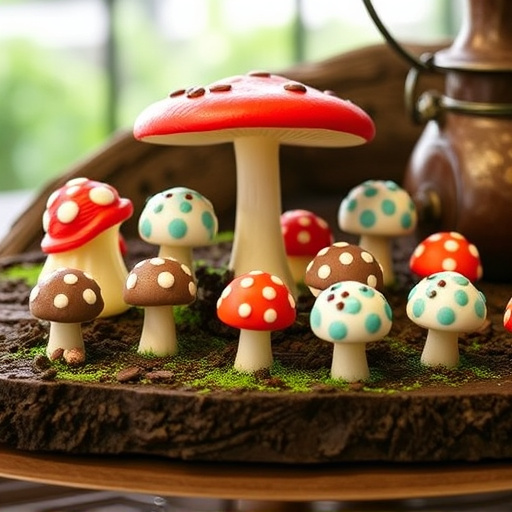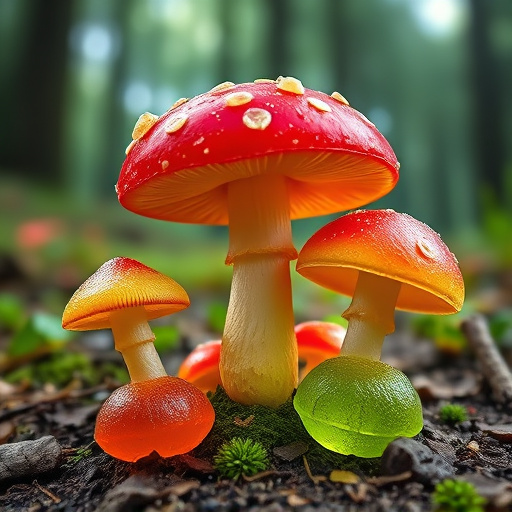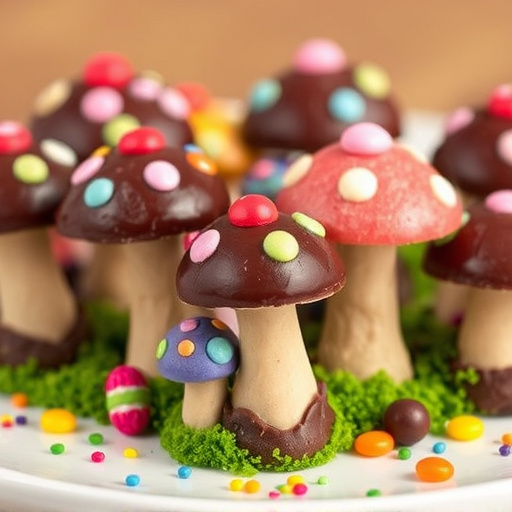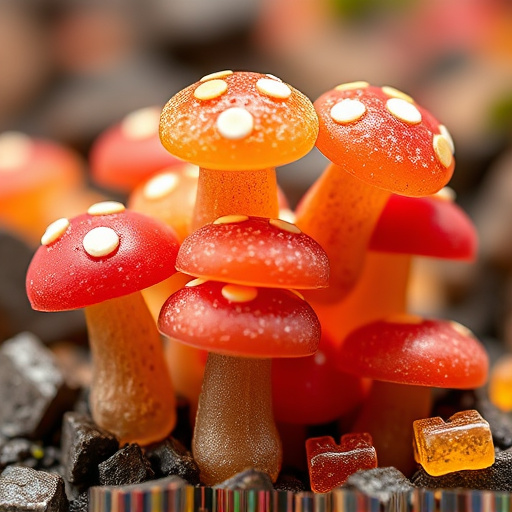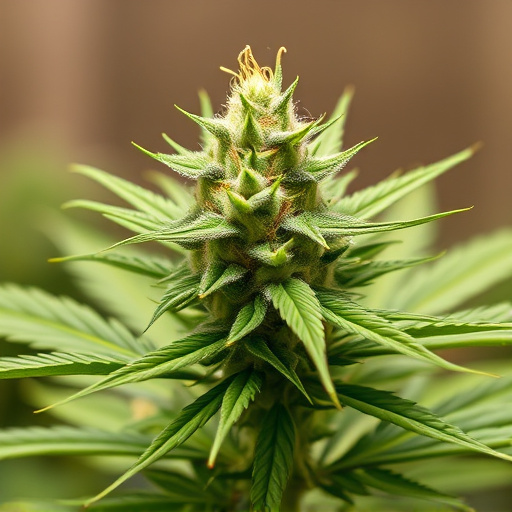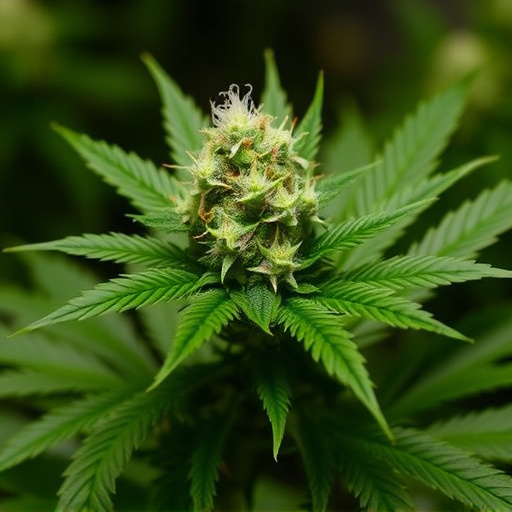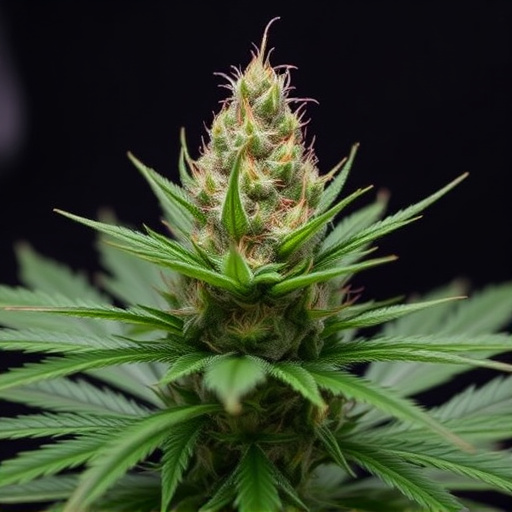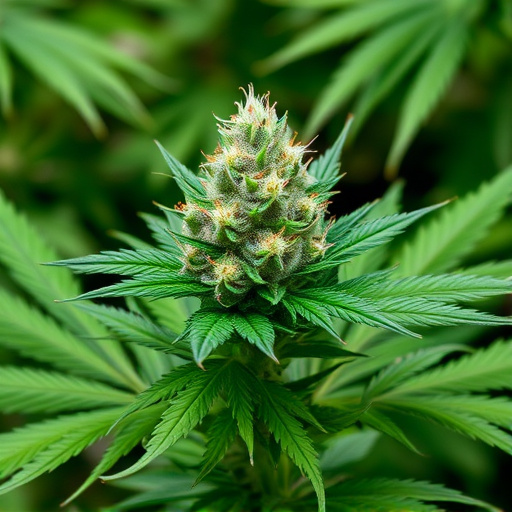Cannabis trichomes, microscopic glands on flowers, produce essential compounds like THC, CBD, terpenes, and flavonoids that determine strain characteristics and effects. Their shape, size, and density influence flavor, aroma, and potency, with dense, sticky trichome coverage signaling higher cannabinoid concentrations sought after in best-selling cannabis strains. Breeders focus on trichome development to meet market demands, ensuring consumers access desired therapeutic benefits and peak potency.
Cannabis trichomes are tiny, sticky structures that cover the surface of cannabis plants. These complex glands play a pivotal role in shaping the unique characteristics and effects of different cannabis strains. This article delves into the intricate world of trichomes, exploring how their presence and abundance directly impact the development and popularity of best-selling cannabis strains. By understanding trichomes, we gain valuable insights into the diverse profiles that make certain varieties so sought-after.
- Understanding Trichomes: The Tiny Structures on Cannabis Plants
- The Role of Trichomes in Cannabis Strain Characteristics and Effects
- Unlocking the Secrets: How Trichome Count Impacts Best Selling Cannabis Strains
Understanding Trichomes: The Tiny Structures on Cannabis Plants
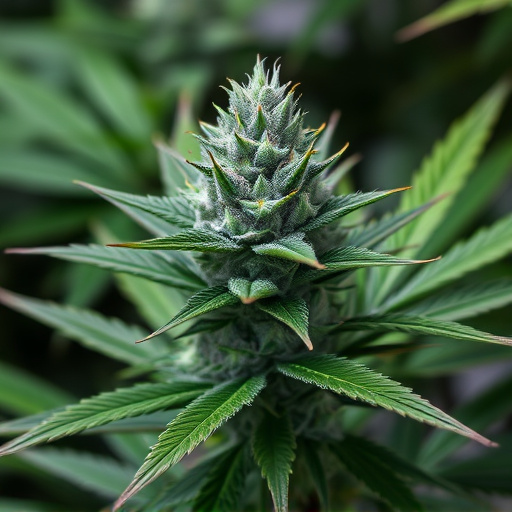
Cannabis trichomes are microscopic, hair-like structures that cover the surface of cannabis plants, especially on the flowers and leaves. These tiny glands play a significant role in the plant’s defense mechanisms and its appeal to humans, particularly in the context of best-selling cannabis strains. They produce and house various compounds, including terpenes, flavonoids, and most notably, cannabinoids like THC and CBD.
Trichomes come in different shapes and sizes, but they generally resemble tiny, translucent bulbs or glands. Their primary function is to protect the plant from pests, fungi, and other environmental threats. When cannabis consumers appreciate the lush, sticky resin that covers the flowers, it’s these trichomes they’re interacting with. The density, size, and appearance of trichomes are often considered desirable attributes in popular cannabis strains, contributing to their unique flavors, aromas, and effects.
The Role of Trichomes in Cannabis Strain Characteristics and Effects

Cannabis trichomes, tiny glandular hairs that cover the surface of cannabis flowers, play a pivotal role in defining the unique characteristics and effects of different strains. These delicate structures produce and concentrate various chemical compounds, most notably cannabinoids like THC (tetrahydrocannabinol) and CBD (cannabidiol), as well as terpenes, which contribute to the plant’s aroma and flavor profile.
The presence and composition of trichomes significantly influence the strain’s potency, therapeutic properties, and overall user experience. Strains known as the best selling cannabis strains often boast dense, sticky trichome coverage, indicating a higher concentration of these valuable compounds. This abundance can lead to more intense mental and physical effects, making them appealing to recreational users seeking enhanced experiences. At the same time, certain strains with moderate trichome density may offer more balanced profiles, catering to medical patients looking for specific therapeutic benefits without overwhelming potency.
Unlocking the Secrets: How Trichome Count Impacts Best Selling Cannabis Strains
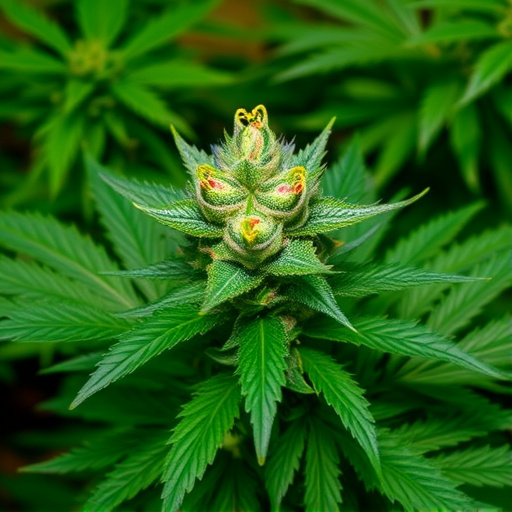
Unlocking the secrets hidden within cannabis trichomes offers a deeper understanding of why certain strains dominate the market as best-selling cannabis varieties. Trichome count, a measure of these tiny glandular hairs on the plant’s surface, plays a pivotal role in determining a strain’s potency and unique characteristics. High-trichome strains often boast elevated levels of cannabinoids like THC and CBD, contributing to their appeal among consumers seeking potent, therapeutic effects.
Notably, best-selling cannabis strains are frequently those with optimal trichome development, typically indicated by a milky or amber coloration upon maturation. This visual cue signals maturity and the peak of cannabinoid concentration, ensuring that users experience the full potential of the plant’s medicinal properties. Trichome count becomes a critical factor in guiding breeders and cultivators to create and select varieties that meet market demands for specific cannabinoid profiles, solidifying their position as best-selling cannabis strains.
Cannabis trichomes are microscopic structures that play a pivotal role in defining the unique characteristics and effects of different strains. Understanding their function, especially their impact on the production and potency of essential oils, is crucial for discerning why certain best-selling cannabis strains stand out in the market. By examining the trichome count and structure, consumers can gain valuable insights into the potential experiences and benefits they can expect from their chosen variety.

